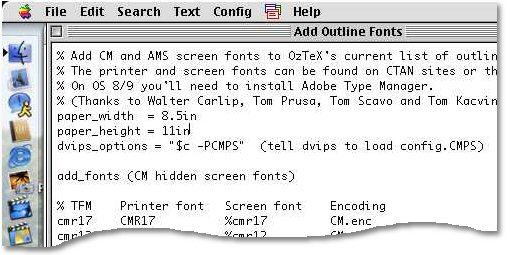
- Textbar space missing latex how to#
- Textbar space missing latex pdf#
- Textbar space missing latex code#
$\LaTeX$ has a load of commands for rendering mathematical symbols and formulae, that all start with a backslash "\", and then take arguments in curly braces "$ You can make changes, and then click the 'play' button, click 'Cell > Run Cell' or type 'Ctrl-Enter' again to see your changes. To edit the text in the cell, simply double click it again.

In order to see what the finished product will look like, click the 'play' button, click 'Cell > Run Cell' or type 'Ctrl-Enter', and hopefully you will see: That's because you're editing the source code, and it has not yet been rendered. Now, you will notice that the text looks a little different from the font I am using here. Now, click in the cell, (its border will turn green) a cursor will appear and you can type anything you like: (note that you can shortcut this process by typing "m" for "Markdown" when the box is highlighted) You will notice that the square bracket to the left of the cell has disappeared, meaning we now have a text box to write in: From there select 'Cell type' and click 'Markdown'.
Textbar space missing latex code#
Click on the code box, and click on the 'Cell' menu at the top of the screen. If however, you are using the notebook for writing then you need a different box- a text box. If you want to use the notebook for code- that's great! Start typing commands. I could not recreate this effect on a pgfpicture by setting bounding boxes, or clipping areas, but someone with more knowledge of pgf might be able to.When you first open a new Jupyter notebook you will be greeted with a code box that looks like this: For a real solution: XeLaTeX seems to be better at finding the actual bounding box when the body of the hyperlink is a pdf-image, included with the \pgfimage command. In the code above, the string made up of the characters and, to denote the first argument, might have been replaced by > (as it was in my previous post). You can redefine this command in the preamble (after all Beamer related stuff), provided that you enclose it between the commands \makeatletter and \makeatother (so TeX doesn't stumble on the If you want, you can use the ifxetex package to only redefine it when you're actually compiling with Xe(La)TeX.

XeLaTeX will use the rectangle defined by these two dots as the active area of the hyperlink. In effect, this draws a tiny picture, which is completely transparent, with a dot (period) in the lower left corner and a dot in the upper right corner.

\hyperlink % put a dot in the upper right corner (kinda) % link that works in both pdfLaTeX and XeLaTeX: I'm willing to help as much as I can to help isolate and fix the problem.
Textbar space missing latex how to#
I've tried tracking down the problem myself but have gotten lost in the tower of files - and I don't really know how to debug TeX in any kind of efficient way. Other links do work: for example section links in the outer "sidebar" theme are active and function as expected.
Textbar space missing latex pdf#
However, when building with xelatex (which I want to do for its support of OpenType fonts and Unicode), the buttons are not active the mouse cursor doesn't change when it hovers over the buttons, and clicking merely goes forward one slide (as a click does anywhere in the pdf viewer).

When building a presentation with pdflatex, the navigation buttons in the default theme (in the bottom right hand corner, for moving between frames / framesets and so on) work fine: it is possible to go forwards and backwards between overlays, frames and sections.


 0 kommentar(er)
0 kommentar(er)
